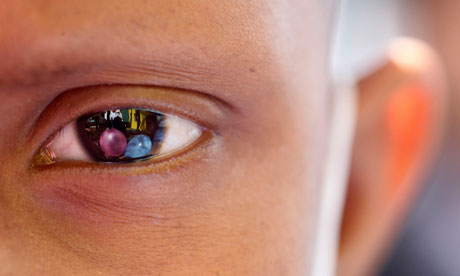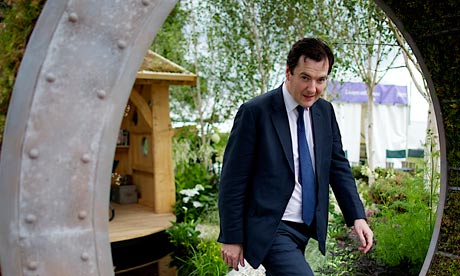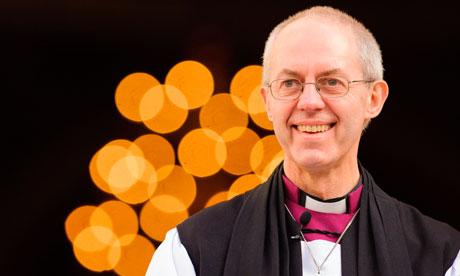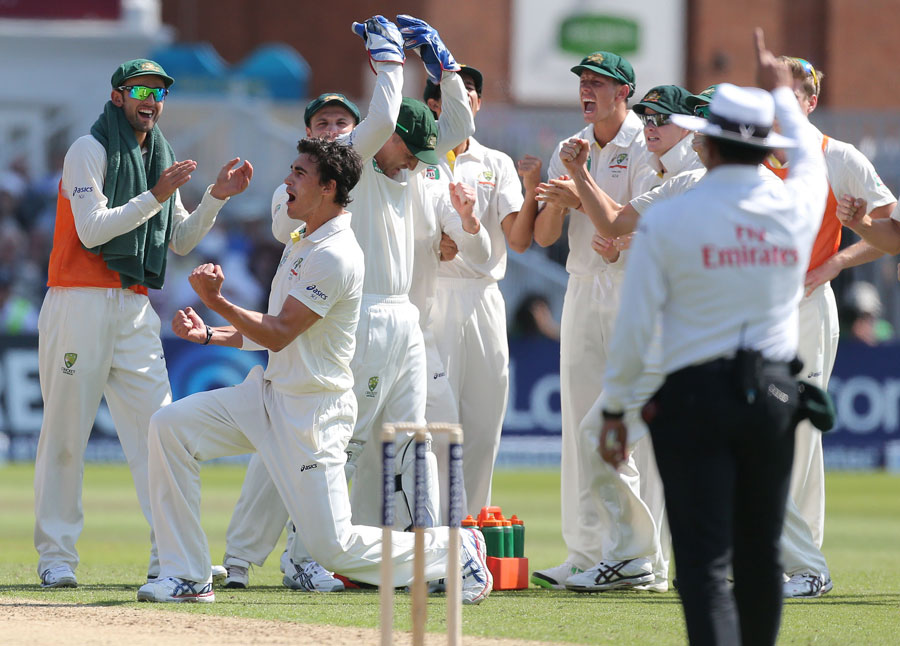Steve Canane in Cricinfo 26/7/2013
In cricketing terms
Ed Cowan comes from a disadvantaged background. Australia's top-order batsman was educated at Cranbrook, an elite private school well known for producing accumulators of wealth (James Packer, James Fairfax) as well as a few de-accumulators (Jodee Rich, Rodney Adler), but not so many accumulators of runs and wickets.
But Cranbrook is not alone. Despite having access to the best facilities and good coaches, cricketers from elite private schools across Sydney are up against it when it comes to making it into the Test arena.
When
Jackson Bird made his debut in last year's
Boxing Day Test, veteran sports journalist David Lord pointed out that he was just the fifth Sydney GPS old boy to play Test cricket for Australia in 80 years. (The others are Stan McCabe, Jimmy Burke, Jack Moroney, and Phil Emery - Cowan's old school is part of the Associated Schools competition). By Lord's calculation, Sydney GPS schools have produced 132 Wallabies but just ten Test cricketers since 1877.
So why the imbalance?
One of the reasons is that cricket, unlike rugby, is a game in which 15-year-old boys can compete against men. If you attend a state school or a non-elite private school, you don't have to play for your school on a Saturday. A teenage boy playing grade or district cricket early has his temperament and skills tested against men. As a result, his development is accelerated.
"Historically yes, not being able to play against men regularly between those formative years of 15-18, particularly in New South Wales, is a bit of a disadvantage," Cowan told me in the lead-up to this Ashes series. "Playing on good wickets you get mollycoddled a little bit in the private school system, and you're not playing against great cricketers."
--------
Also Read
-------
Cowan was lucky his headmaster at Cranbrook, Dr Bruce Carter, was a cricket fan. Carter released him from school first XI duties so he could play first grade for Sydney University in his final year of school. Cowan was able to test himself against first-class bowlers and has no doubt it made him a better cricketer.
"I definitely think that last year, if I had to play school cricket, that would have been a bit of a handbrake on my development."
Former Australia captain
Greg Chappell is adamant that quality young cricketers need to test themselves against men. When I was researching my book on the formative years of Australia's best cricketers, he told me attitudes needed to change in the private-school system.
"This whole idea of holding kids back in their age group is one of the greatest impediments to their development."
Chappell was one of three brothers who played Test cricket for Australia. All attended Adelaide's Prince Alfred College. But when Greg and Ian went to school, the first XI played in the men's District B Grade competition. At the age of 14 they were facing bowlers who had played, or would soon play, first-class cricket.
By the time younger brother Trevor attended Prince Alfred College, the first XI team was only playing against other school teams. Trevor dominated schoolboy attacks but never dominated Test attacks like his older brothers. Both Ian and Greg believe the school's withdrawal from the men's competition was detrimental to their young brother's development.
"I believe," Ian wrote, "playing against grown men at a young age gave Greg and me a huge advantage over Trevor."
When Ashton Agar made his extraordinary debut
at Trent Bridge, cricket fans were struck by his maturity and unflappable nature. Playing in his first Test at the age of 19, he broke two significant records: the highest ever Test score by a No. 11 batsman (98) and the highest partnership for the last wicket (163 with Phil Hughes).
Agar is only 18 months out of school. Would he have been able to show such maturity if he hadn't been playing against men from an early age? Agar's old school, De La Salle College in Melbourne, plays their first XI cricket on a Wednesday. This allowed Agar to play district cricket for Richmond on weekends. He made the club's first-grade team when he was in year 11.
Agar's school coach Marty Rhoden, a former first-grade legspinner, has seen other young boys stagnate after winning sporting scholarships to elite private schools.
"I've witnessed several cases of students who would have benefited if they stayed at their schools, where they could keep playing club cricket on Saturdays. I'd argue it had a direct effect on their development."
Of course there are exceptions. Shane Warne won a sporting scholarship to Mentone Grammar, as did current fast bowler James Pattinson at Haileybury. Pattinson's school coach Andrew Lynch, now Victoria's chairman of selectors, believes it benefits good cricketers to keep playing for their school.
"They get an opportunity to dominate, which is important, and the competition only goes for ten weeks, so if they're good enough they can still go and play for their clubs."
****
| | | | |
| |
| Of the 12 players chosen for the Australia Test team of the 20th century, eight went to state schools |
| |
| | |
|
Cricket is a game of statistics as well as stories. So let's lay out some numbers. If we take the NSW squad as an example, of the 19 players contracted last season, 14 went to state schools, four went to religious private schools, and one went to both. None of the squad attended an elite private school in Sydney.
If we look at the Australian team at Trent Bridge, the figures are closer. Six went to state schools: Michael Clarke (Westfields Sports High); Phillip Hughes (Macksville High/Homebush Boys High); Steve Smith (Menai High); Brad Haddin (Karabar High); Mitchell Starc (Homebush Boys High); and Peter Siddle (Kurnai College).
Agar, as discussed earlier, went to a Catholic college that allowed him to play cricket for his club. Four went to elite private schools: Shane Watson (Ipswich Grammar); Chris Rogers (Wesley College in Perth); Pattinson (Haileybury in Victoria); and Cowan (Cranbrook).
But if we split it up into those who grew up in NSW, it becomes five state school boys, and one private school boy, who was released from school duties to play club cricket in year 12.
If we look at how elite private schools in other states go about their business, there may be some clues. Watson played grade cricket in Brisbane for Easts/Redlands while still at school. According to Ipswich Grammar's cricket coach Aaron Moore, in Brisbane's GPS competition they play only eight games, kicking off the season in February, and encouraging their boys to play senior cricket up until then.
In Tasmania it's similar. Launceston Grammar, which produced David Boon and current Ashes squad member James Faulkner, only plays six to eight games, freeing up their boys to play for their club sides more often than their Sydney counterparts.
In Western Australia, the private school system seems to be working. In recent decades, the Darlot Cup has fostered Test players such as Justin Langer, Stuart MacGill, Chris Rogers, Simon Katich, Geoff Marsh, Shaun Marsh, Tom Moody, Terry Alderman, Brad Hogg, and Brendon Julian. Seven private schools play each other in a competition that lasts seven weeks, with each game played over two days - Friday afternoon and all day Saturday. While the schools are considered elite, they are more accessible and affordable than those in the eastern states.
According to John Rogers, a former NSW Sheffield Shield cricketer, and father of the current Australian opener, the Darlot Cup was where his son first found his feet.
"I had no prospect or intention of sending my sons to GPS schools in Sydney. I was astonished to find I could in Perth and the facilities were superb and the competition played with intensity. Darlot Cup is a long, tiring exhausting battle and the boys love its drawn-out, competitive nature. Perth is quite different from Sydney and Melbourne. What Greg Chappell says has always been the case in Sydney - but in my view it doesn't apply to Perth."
Having scored several hundreds in the Darlot Cup, on wickets as good as the WACA, Chris Rogers made a seamless transition to club cricket with Melville in his last term at school, making 70 in his second first-grade game against a trio of two-metre tall Test bowers - Jo Angel, Brendon Julian and Tom Moody.
"At the same time," Rogers says, "Michael and David Hussey were making their way through the grade system. WA has the advantage that both systems have been shown to work well."
Despite the productivity of Perth's private schools, graduates of state schools have tended to dominate the ranks of Australian Test teams. If we look at the top tier of Australian cricketers, they tend to have been exposed to men's cricket from an early age.
Of the 12 players chosen for the Australia Test team of the 20th century, eight went to state schools: Bill Ponsford (Alfred Crescent School); Arthur Morris (Newcastle Boys High and Canterbury Boys High); Don Bradman (Bowral Public School); Neil Harvey (Falconer St School); Keith Miller (Melbourne High); Ian Healy (Brisbane State High); Dennis Lillee (Belmont High); and Allan Border (North Sydney Boys High). Two went to private schools: Greg Chappell (Prince Alfred College); and Ray Lindwall (Marist Brothers, Darlinghurst). The remaining two players went to both state and private, the rogue legspinners Shane Warne (Hampton High and Mentone Grammar) and Bill O'Reilly (Goulburn High and St Patrick's College, Goulburn). Of the 12, only Warne did not play regular club cricket against adults in his final years in school.
If we analyse Australia's team in the
first Ashes Test 12 years ago, when they put one of their best ever teams on the field, it's an almost identical story. Eight of the 11 went to state schools: Michael Slater (Wagga Wagga High); Ricky Ponting (Brooks Senior High); Mark and Steve Waugh (East Hills Boys High); Damien Martyn (Girrawheen Senior High); Adam Gilchrist (Kadina High); Brett Lee (Oak Flats High); and Glenn McGrath (Narromine High). Two went to private Catholic schools: Jason Gillespie (Cabra Dominican College); and Matthew Hayden (Marist College, Ashgrove). Shane Warne went to both state and private schools, as mentioned, and once again was the outlier, being the only one in the team who did not play regular club cricket against adults in his final years at school.
In 1998, fast bowler
Matthew Nicholson was picked to play against England in the Boxing Day
Test match. A former student at Knox Grammar, Nicholson was the last graduate of Sydney's elite private schools to make it to Test cricket before Cowan and Bird were selected. He is now the director of cricket at Newington College.
| 
| Michael Clarke, who went to a sports high school, had the time, the inclination and the facilities to hit balls for hours on end © Getty Images |
| Enlarge
|
|
|
Nicholson doesn't feel that attending a private school held back his development: "I don't think so. I captained my side and was able to develop in other ways. I learnt how to be a leader and learnt about myself, and I was still able to play for my grade side, Gordon, for eight weeks in the school holidays."
Nicholson makes a valid point that in private schools, boys have to juggle a range of activities that might put them behind cricket-obsessed boys in state schools: "A lot of our boys are pulled in different directions - school commitments, drama, music and academic. For many of them cricket is a small part of their life, for other boys it can be almost everything; all they do is hit balls."
You can't imagine a 16-year-old
Michael Clarke having to miss a net session to rehearse for
The Mikado, or make sure he did his euphonium practice. Clarke went to a sports high school and his parents ran an indoor cricket centre. He had the time, the inclination and the facilities to hit balls for hours on end.
If neuroscientists like Daniel Levitin are right when they say that it takes 10,000 hours of practice to master any skill, then Clarke had a big advantage over his private school contemporaries. Private school students in Sydney often spend hours commuting to and from school. State school students and private school boys in smaller cities can spend more time in the nets and less time stuck on the bus in traffic.
In an interesting aside, in England it is an advantage to go to a private school. Writing in History Today, former English Test cricketer Ed Smith points out that having a private school background is an advantage in England: "Simply, if you want to play for England, first attend a private school."
Smith claims over two-thirds of England's 2012 team were privately educated, an extraordinary figure when you consider around 7% of English children go to private schools. In Australia, it's a different tale. Around 35% of Australian children go to private schools, or five times the number in England, and yet the majority of our Test team continues to come from the state-school system.
So what are the lessons from all of this? Should private schools in Sydney look at the Perth and Brisbane models? Should they be more willing to release their best players to play grade cricket?
Nicholson says the most important thing is the development of the boys: "If they feel like they are being held back, then we should let them go."
Maybe the private schools should be asked to move their first XI cricket to Wednesdays or Sundays so all the boys get a chance to play against men from an early age on. But there's little chance of that happening. In elite private schools, tradition is everything.
As one coach told me, "We had enough troubles changing the start time by half an hour, let alone changing the days!"








